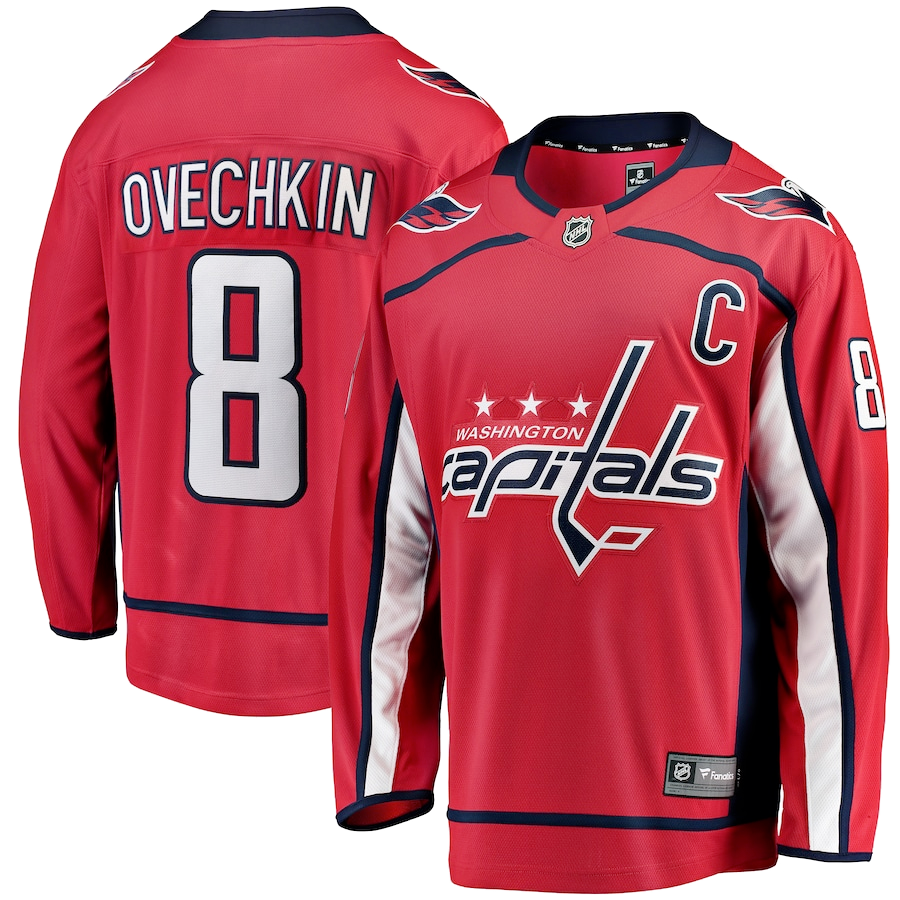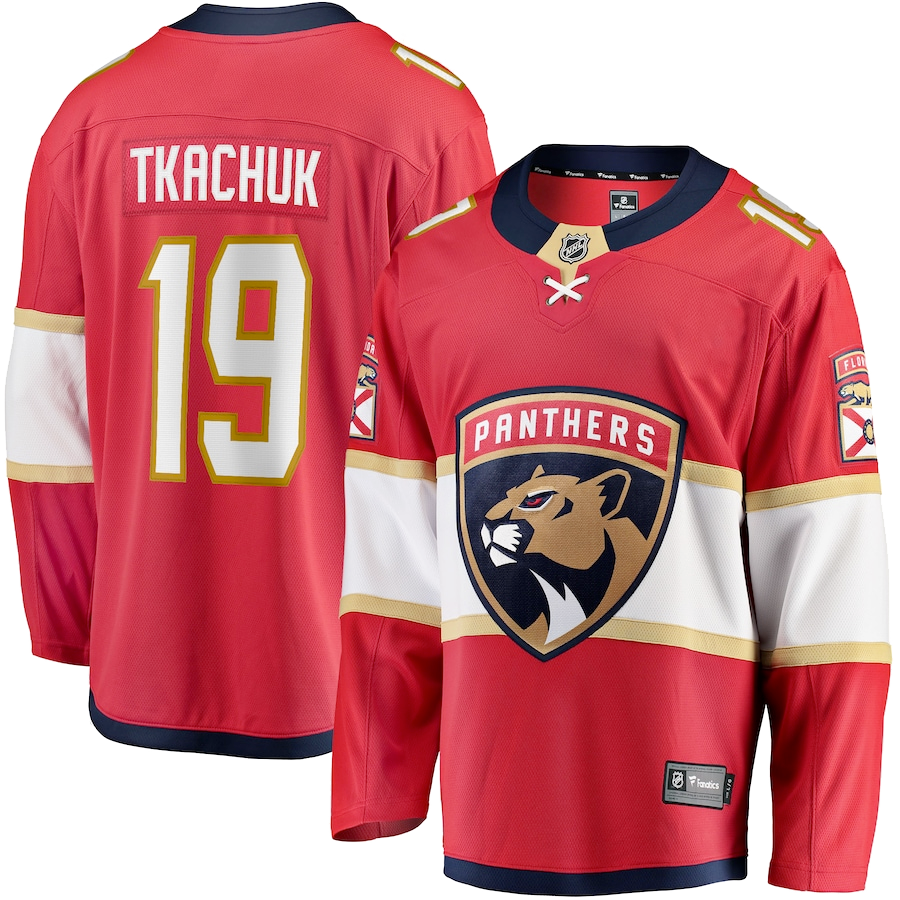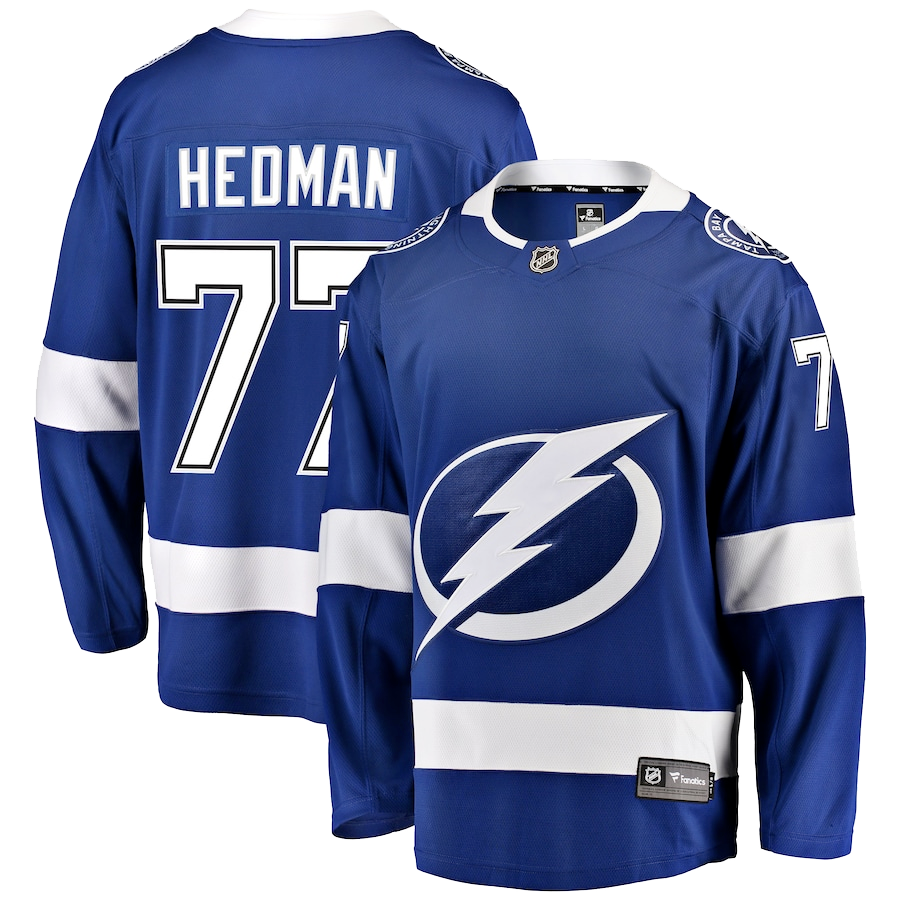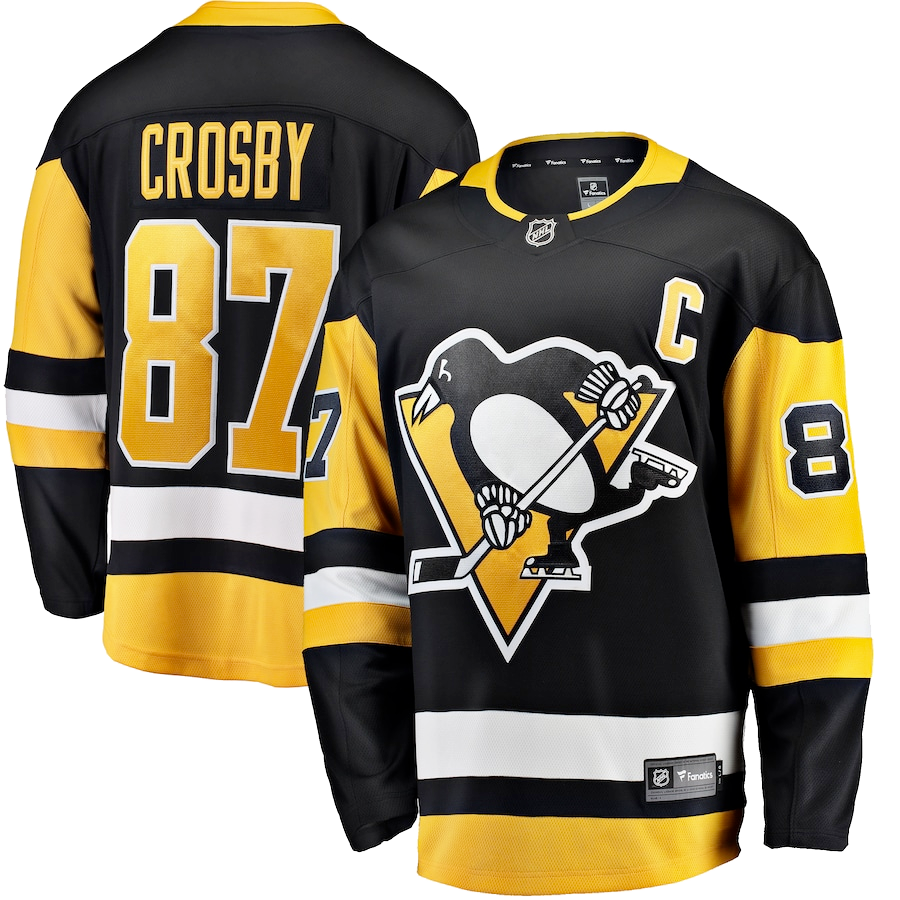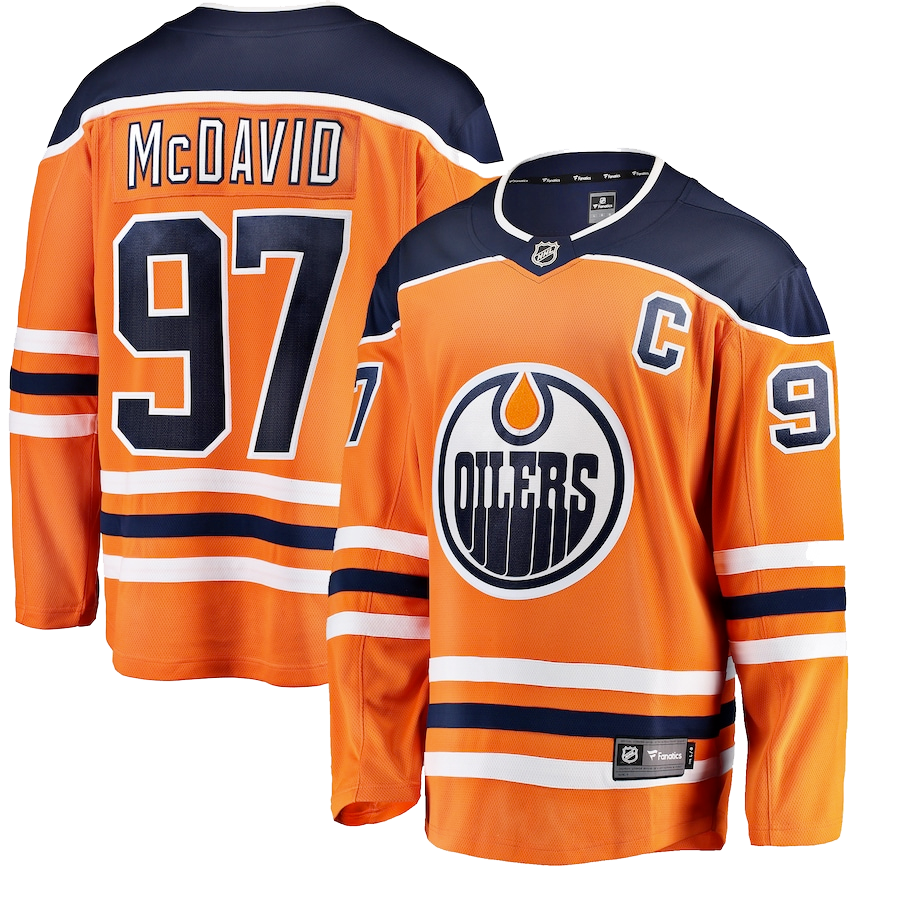The National Hockey League’s (NHL’s) Entry Draft was held on Friday, June 24th at the First Niagara Center in Buffalo, NY. The Columbus Blue Jackets, due to a change in the NHL draft lottery format, and, for the first time in their 15-year existence, moved up in the draft and selected 3rd, overall.
This was a draft that many pundits have described as a 3-player draft. By that, this year’s entry draft was, in their opinion, comprised of three ‘NHL-Ready’ players, those players who can and should immediately step into and contribute to their respective NHL rosters. The three players referenced were Auston Matthews of the United States, the presumptive no. 1 overall pick, Patrick Laine of Finland and Jesse Puljujarvi also of Finland.
The way most pundits forecasted the draft to play out, the Toronto Maple Leafs, who won the NHL draft lottery, would select Matthews, the Winnipeg Jets would select Laine and the Blue Jackets would select Puljujarvi with the 3rd overall pick. After that, the Edmonton Oilers would select Matthew Tkachuk, the son of former NHL star Keith Tkachuk and the Vancouver Canucks would select Pierre-Luc Dubois with the 5th overall pick.
However, in a seismic turn of events, the Blue Jackets shook up the draft and selected Dubois with their first pick and the 3rd overall pick in the draft. Immediately afterwards, the Oilers pounced and drafted Puljujarvi with the 4th overall pick.
So much for conventional wisdom…
What followed was a firestorm of angst and a bevy of angry tweets from the Blue Jackets faithful, angry that Blue Jackets General Manager (GM) Jarmo Kekalainen didn’t make fellow Fin Puljujarvi his selection. The consensus amongst most pundits and draftniks was that Puljujarvi, like Laine and Matthews, were the three definitive ‘NHL-ready’ prospects available in this draft and that Puljujarvi would man the Blue Jackets 1st forward line in his rookie year.
It was also believed that, given Puljujarvi’s 2-way prowess, speed and size, would immediately bolster the Blue Jackets’ offense, which often lags near the bottom of the NHL’s scoring statistics and would immediately garner coach John Tortorella’s trust.
So why would Kekalainen buck ‘conventional wisdom’ and pass on the high flying fellow Fin, Puljujarvi and instead go with Dubois, a player who will not immediately contribute to the parent squad during the 2016-17 season?
I offer some reasons as to why…
With the January 6th trade of discontented center Ryan Johansen to the Nashville Predators in exchange for future cornerstone defenseman Seth Jones, Johansen’s departure left a gaping hole at center, specifically with their top six forwards. Trading Johansen forced the Blue Jackets to move Brandon Dubinsky to center their top line, Alexander Wennberg then moved up to anchor the 2nd line and William Karlsson to serve as pivot on their 3rd line. In short, every center was positioned at a line higher than their skill set currently allows and for the goal-starved Blue Jackets, making it even more difficult to score goals than was the case when Johansen was there.
So, what became an area of strength now became a glaring need. Dubois, who was converted from the wing to center during the second half of his season in the Quebec Major Junior Hockey League (QMJHL), thrived at the center position and ended up as one of the top scorers in the QMJHL and, had the move been made sooner, could have ended up as its top scorer.
While Puljujarvi, without question, possesses NHL-size, Dubois is also the same size as Puljujarvi and is a conditioning and weight-room addict and possesses the frame that, when he is ready for the NHL grind, will fit in quite easily when he is ready to perform for the parent squad.
Dubois has also gained a reputation for delivering blistering hits upon opponents as well as being a versatile, defensively-responsible player who makes his teammates around him better, something that would seem tailor-made for Tortorella, a coach who covets players of this type. Dubois’ QMJHL coach, Marc-Andre Dumont, said that Dubois is the professional junior player he has ever seen and Dumont, who coached Philadelphia Flyers captain and star Claude Giroux in the QMJHL, would know. Dubois is also the son of Eric Dubois, who is currently an assistant coach of the Rimouski Oceanic of the QMJHL and has fostered his son with the insight he’s gained as a coach over the past 10 seasons.
As for a comparison to a current NHL player, Dubois compares favorably to the LA Kings star, two-way center, Anze Kopitar for his potential as a dynamic scorer and set-up centerman, an intimidating power forward, a defensive-minded shutdown center and, best of all, being a leadership type player who fits perfectly in the mold of what Kekalainen is trying to develop as the identity of the Blue Jackets organization, the type of player no one likes to play against.
What’s unknown about the reasons Kekalainen passed on Puljujarvi, in the minds of the local fans, has ranged from overanalyzing the pick/prospect to whether Kekalainen had concerns about Puljujarvi as to maturity or a fit in the Blue Jackets locker room.
But an examination of Kekalainen’s comments leading up to the draft may have revealed what he was going to do when he selected the 3rd overall pick. Kekalainen repeatedly told reporters that his selection would depend upon who the Jets would select with the 2nd overall pick. Seeing that the Maple Leafs were a lock to select Auston Matthews with the 1st overall pick, it would seem to reason that if the Jets instead selected Puljujarvi instead of Laine (as they did), the Blue Jackets would then select Laine and that Kekalainen was not as enamored with Puljujarvi as many believed he was.
Kekalainen, who has developed a reputation as a draft and development guru in prior stints with the Ottawa Senators and the St. Louis Blues, implicitly values and trusts the character of his draft prospects above all other factors to ensure that the behavior and mental aptitude is worthy of the investment of a 1st round pick. Kekalainen extensively interviews prospects to determine if they can withstand the rigors of the NHL, both on and off the ice. So, it’s possible that Dubois, in the opinion of Kekalainen, was a better fit than Puljujarvi would have been.
One other factor, one touched on, above, was that, given Dubois’ in-your-face style, his physicality combined with solid offensive proclivity and leadership qualities vs. Puljujarvi’s high-flying, pedal-to-the-metal abilities, that Dubois was also a better fit for the current makeup of the Blue Jackets than Puljujarvi would have been. To use an analogy, drafting Puljujarvi would have been akin to putting a Maserati with a group of Honda Accords whereas Dubois perfectly fits the vision and direction as well as the current skill set of the Blue Jackets management brass.
Where the risk occurs, and where the comparisons will continue, years from now, is that Puljujarvi will immediately play on the Oilers line with last year’s no. 1 overall pick, Connor McDavid who is similarly a high-octane forward with Puljujarvi whereas Dubois will most likely remain with the QMJHL’s Cape Breton Screaming Eagles. This also signals that Kekalainen intends to build the Blue Jackets in the way John Davidson envisioned upon being hired as the Blue Jackets President of Hockey Operations in October, 2012, ‘brick by brick’.


